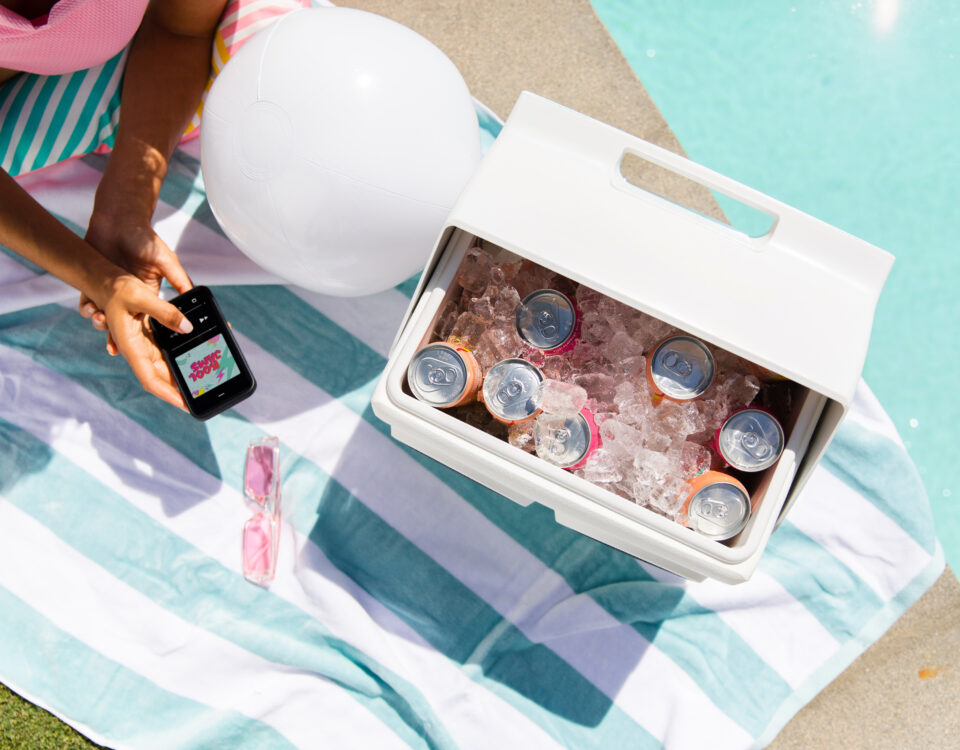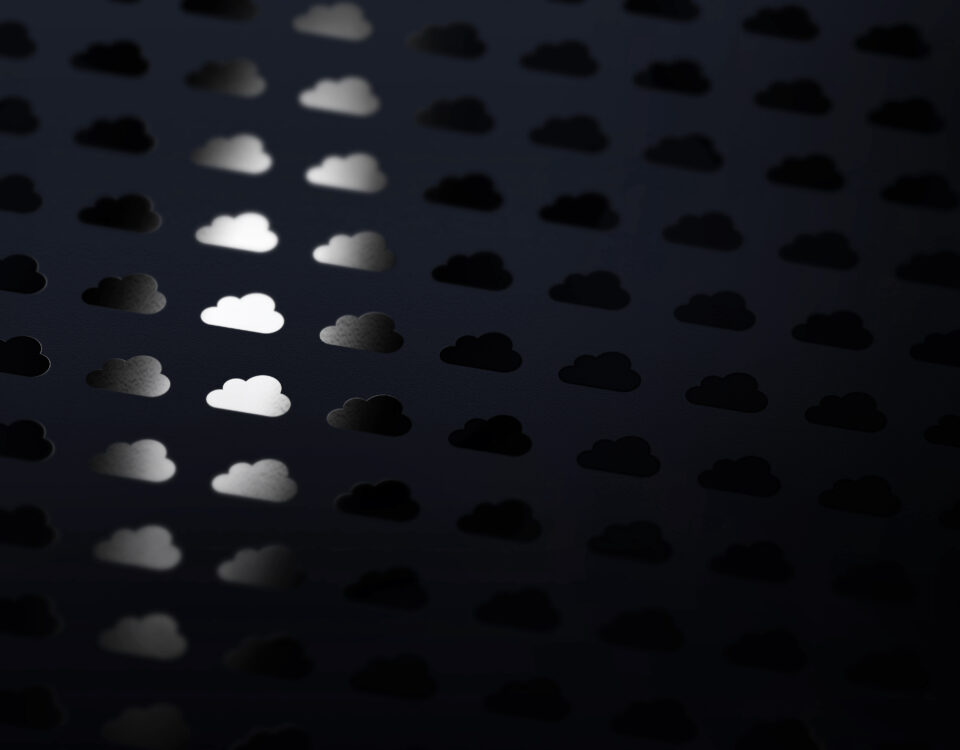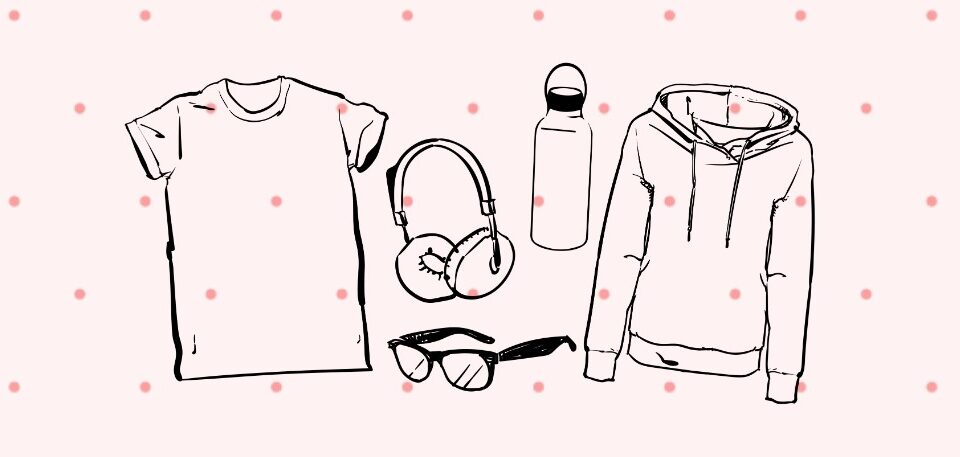Tip for Designers
November 29, 2017
Get it Right.
December 28, 2017Want to Boost Results? Think in Color!
Did you know that from the moment you walk into a retail store, your experience is highly calibrated? Retailers know that the amount you purchase is influenced by the style and speed of music it is playing, the luxury of the scents it is wafting, and even the level of the floor beneath your feet. (If you step down into the display area, retailers know that you are more likely to buy than if the floor is level.)
While you cannot influence the music, the olfactory environment, or the location in which your audience reads your mail, you can affect their mood and inclination to buy based on the colors you use in your layout and design. If you are already segmenting and personalizing your mailers to improve relevance, choosing the right colors can add some extra muscle to your marketing.
Different colors affect the reader’s mood in various ways. Yellow is bright and cheery; it connotes youth and optimism. Red implies energy, action, and sense of urgency; but it can also suggest rebellion. Blue conveys trust and security. Black connotes power.
Understanding this, you can match the colors you use to the message you want to convey. As consumers, yellow makes us happy. Try using it for starbursts, backgrounds, and borders. Red creates urgency and encourages readers to take action. Use it to announce deadlines, clearance sales, and short-term offers. Blue is associated with trust, so it is often used for banks and finance. Did you know that purple is associated with relaxation? That is why it is used for marketing products related to aging and retirement.
Research has also shown that color influences different types of shoppers differently. KISSMetrics, which offers software for online analytics, has found the following correlations:
- Red, black, and royal blue are associated with impulse shopping. These colors are often used by fast food restaurants, outlet malls, and for clearance sales.
- Navy blue and teal appeal to shoppers on a budget. They are frequently used by banks and large department stores to promote value but not discounts.
- Pink, sky blue, and rose are associated with more traditional shopping patterns. They are often used by clothing stores.
So take your personalization to the next step. Integrate color into your targeting and messaging as much as you incorporate demographics and other personalization fields. Start with conventional wisdom about what works and what doesn’t. Conduct A/B testing to refine your understanding into pinpoint accuracy. Then sit back and reap the results!



